History of camouflage
“Camouflage” is a means of camouflage for soldiers and weapons. The first camouflage was born in the UK in the mid-1860s. But at that time, there was no concept of “camouflage clothing” for camouflage soldiers.
In World War I, camouflage appeared again, but it was dressing up to turrets, tanks, or soldiers’ helmets. But, the camouflage effect was not very good and did not develop well in the later period.
In the middle and late period of World War II, camouflage in the true sense was born. Some countries equip with camouflage field uniforms with special effects. Even tanks and chariots painted with camouflage patterns, but that. At that time, camouflage uniforms were not used too much and could only use for different arms.
Today’s camouflage uniforms are far more complex than they were a few decades ago. Although they seem to pile up by some messy little patterns, each color block is very particular. No more differences between arms, differences based on environment and terrain conditions.
This blog will introduce the TOP-10 military camouflage patterns attractive today. Which one do you think looks the best?
TOP-10 military camouflage patterns
| 1. CADPAT |
| 2. CP Multicam |
| 3. MARPAT/MCCUU |
| 4. Flecktarn |
| 5. UCP |
| 6. M81 U.S. Woodland |
| 7. F2 French woodland(CCE) |
| 8. DPM Woodland/Desert |
| 9. M14 Nigeria Woodland/Desert |
| 10. DBDU |
CADPAT
User: Canada

CADPAT is the first pattern designed by a computer. The design was initiated in 1995. On NATO’s field test event for combat uniforms in 2001. CADPAT has better performance in visual observation, infrared observation, and passive instrument observation. M81 U.S. Woodland, Fleckarn, and DPM are not behaving well enough.
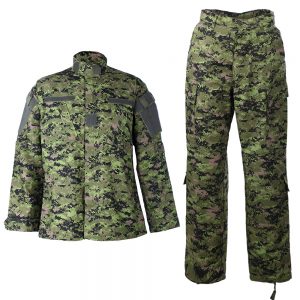
CP Multicam
Users: U.S., Lebanon, Ukraine, Australia, Georgia, Hungary, New Zealand, Poland, Portugal, United Kingdom, Libya, Syria, Iraq…

CP Multicam is the first choice of special forces in all countries, most used to SEAL, Delta Force…
CP Multicam develops by Crye Precision in 2001 and began to appear in the US special forces after 2005. After 2010, it became the preferred combat uniform of almost all special forces in the West.
The pattern of CP Multicam consists of six colors. Dark brown, earth brown, khaki, grass green, desert yellow, and light yellow. Camouflage blocks can act as visual camouflage. It also has better graphic interference on electronic devices.
Under different light, different color blocks can play a complementary role in tones. It can enhance the camouflage effect.
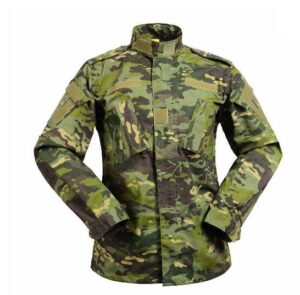
The camouflage effect of UCP is good enough. It can adapt to various environments, such as cities, mountains, snow, and jungle.
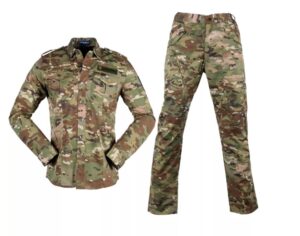
MARPAT/MCCUU
User: Bahamas, Bosnia and Herzegovina, Brazil, Chad, Chile, Cyprus, Georgia, India, Iran, Lebanon, Mongolia, Myanmar, North Macedonia, Saudi Arabia.

MARPAT is a digital camouflage uniform currently used by the U.S. Marine Corps. It began to issue equipment in 2009.
There are two versions of this camouflage. The first is a greenish jungle version the second is a yellowish desert version.
The jungle version consists of grass green, dark green, khaki, light yellow, and dark brown.
The desert version consists of sandy yellow, pale yellow, khaki, and a small amount of white.
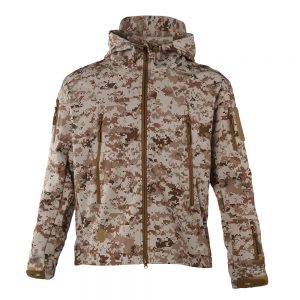
Flecktarn
User: Germany, Australia, Belgium, Denmark, France, India, Japan, Poland, Georgia, Ukraine.

Flecktarn is the active camouflage uniform of the German army. There are also transitional versions of the Flecktarn series. The colors compose of five colors: grass green, dark green, khaki, brown and dark brown.
Flecktarn spotted camouflage patterns are very dense. The comprehensive camouflage effect is better than digital camouflage. It can also adapt to a variety of environments.
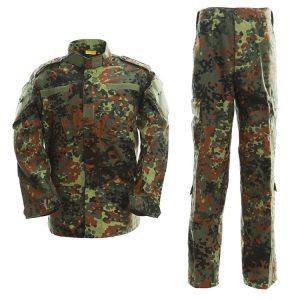
UCP
User: United States, Australia, Albania, Bosnia and Herzegovina, Zede, Chile, Cyprus, Hungary, India, Iran, Kazakhstan, Lebanon, Malaysia, Peru, and Ukraine.
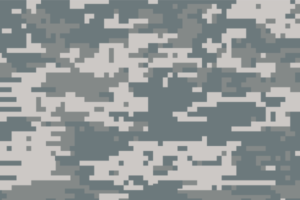
UCP is most used by the US military. The pattern of UCP consists of dark green, green, white, and a small amount of light yellow. The main colors are dark green and white.
The camouflage effect of UCP is good enough. It can adapt to various environments, such as cities, mountains, snow, and jungle.
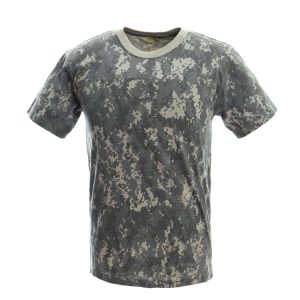
M81 U.S. Woodland
User: The U.S., Croatia, Serbia and Montenegro, Cambodia. France, Guatemala, Iran, Italy, Jordan, Kazakhstan, and Lebanon.Pakistan, Czech Republic, Spain, Syria, Thailand, and Somalia.Benin,Canada, Grubia, Costanzi Canada, Côte d’Ivoire.Dominican Republic, Ecuador, Egypt, El Salvador, Spain, Fiji, Israel, Jordan, Kuwait, and Nigeria.
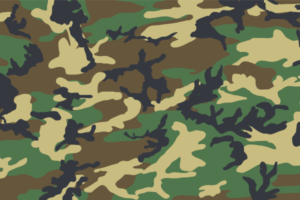
M81 U.S. Woodland generally refers to the M81 woodland introduced by the US military in 1981. Which itself comes from the M1948 ERDL camouflage and its derivative camouflage.
M81 U.S. Woodland retains the same color as the second-generation (transitional) ERDL. And enlarges the original pattern by 60%.
THE M81 U.S. Woodland pattern is the most copied and modified camouflage pattern ever created. It served in military units around the world and is still in use today.
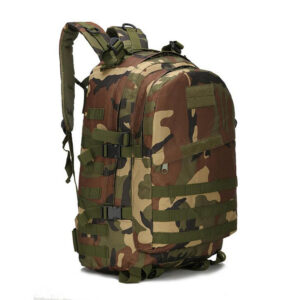
F2 French woodland(CCE)
User: France, Austria, Cape Verde, Central African Republic, Comoros, India, Qatar, Ukraine.
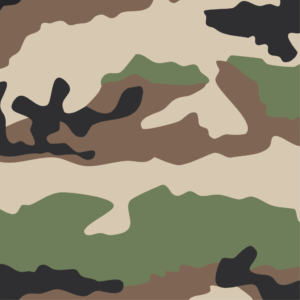
F2 French woodland began to equip with the French Army in the late 1990s, replaced in 2000. There were F3, F4, and other derivative models in the later period, but the style never changed.
It’s a traditional color-blocked camouflage. The pattern size is large, and the distribution is not dense, so the hidden effect is not very prominent.
The pattern consists of olive green, beige, khaki, and black. Although the single camouflage looks very poor, it’s comfortable for soldiers.
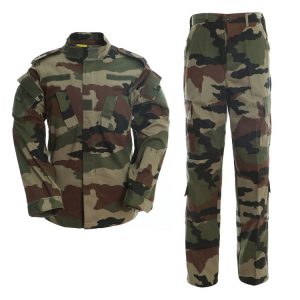
DPM Woodland/Desert
User: United Kingdom, Botswana, Bulgaria, Cambodia, Kenya.
Malawi, Oman, Papua New Guinea, Philippines, Bahrain, Portugal, Romania, Slovenia, and Thailand.
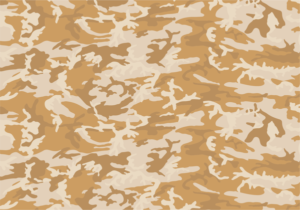
DPM woodland using by the British Army in the 90s. It‘s for combat in the jungle. Its design never changed. It has always been one of the combat uniforms used by the British army.
The design of the DPM Desert is simple, with only two colors: natural yellow and khaki. The camouflage in the desert works well and blends in with the buildings and terrain in the desert. British soldiers like this camouflage uniform. But under thermal imaging and infrared, the hidden effect of the DPM desert is not very good.
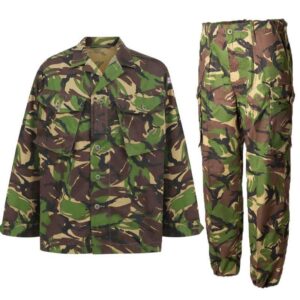
M14 Nigeria Woodland/Desert
User: Nigeria
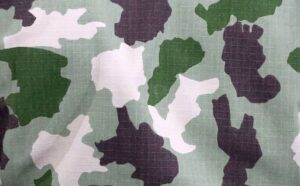
M14 Nigeria Desert and Woodland use the same pattern, but the colors are different. Woodland is always worn in tropical forest areas. The Desert is more subdued, the base color of the desert is light khaki, and the woodland uses forest green.
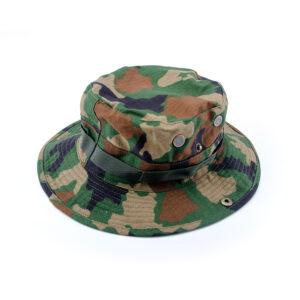
DBDU
User: United States, Egypt, Eritrea, Iran, Jordan, Kazakhstan. Kuwait, Libya, Philippines, Rwanda, Saudi Arabia, and Somalia. South Korea, Spain, United Arab Emirates, Yemen, Sudan, Mexico, and Niger.
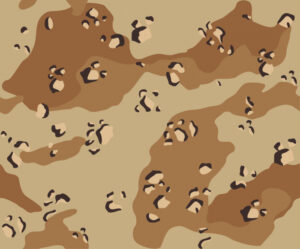
Six-color desert appeared in the eyes of the public during the famous Gulf War. But it was designed by the United States in 1971. In the beginning, it was not used in the desert of the Middle East, but in the rocky desert terrain of California.
When it was sent to the soldiers, the soldiers saw the camouflage very like chocolate cookies. So they call it chocolate camouflage.
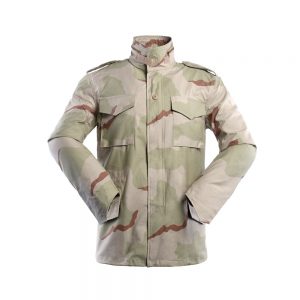
Welcome Your Opinions
If you have any different opinions, welcome to discuss them in the comment area.

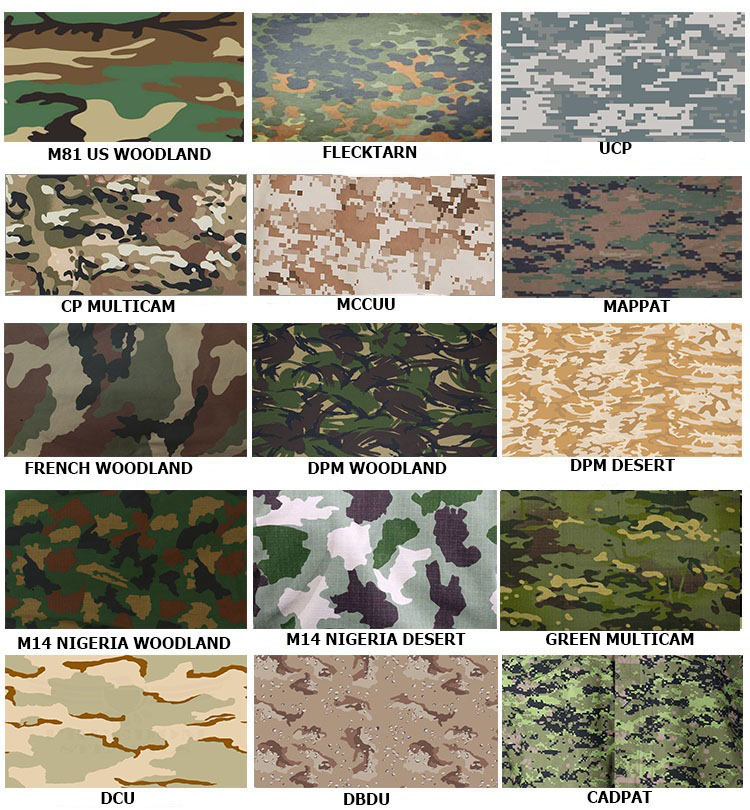
2 回复
very good
So good